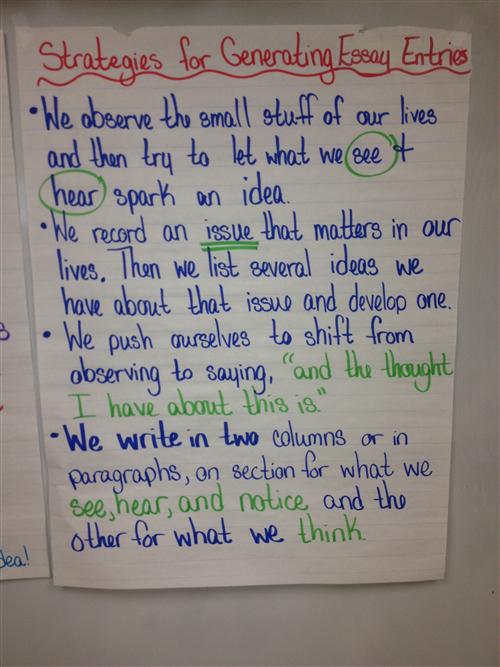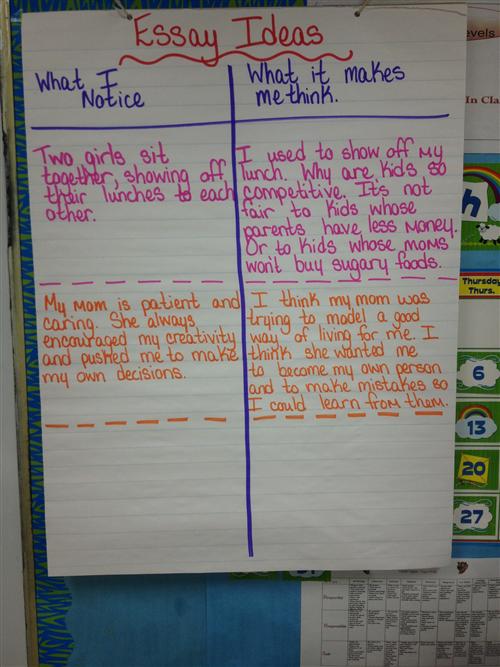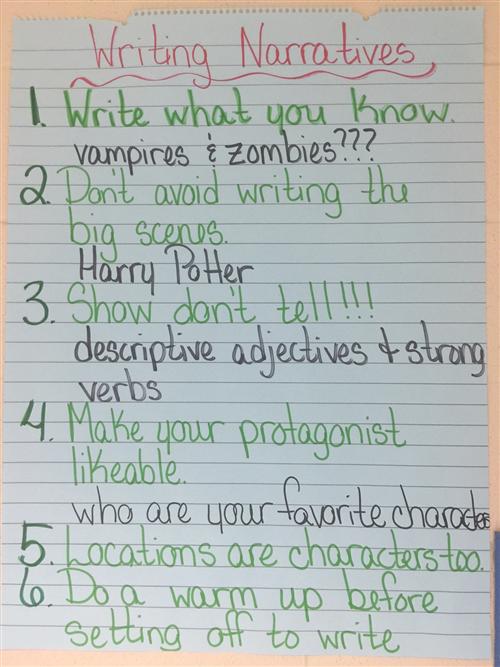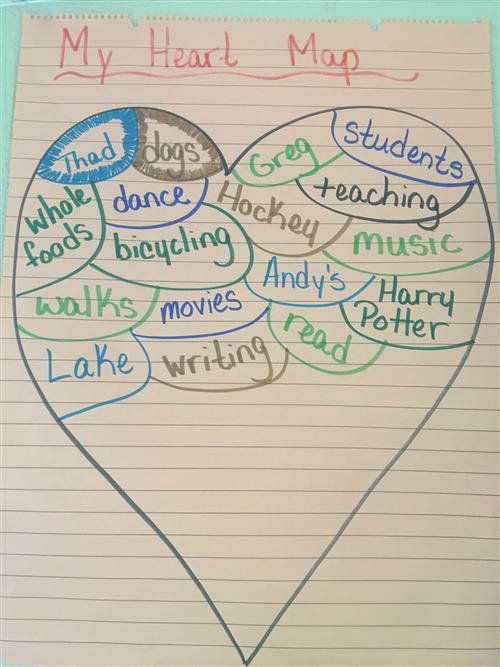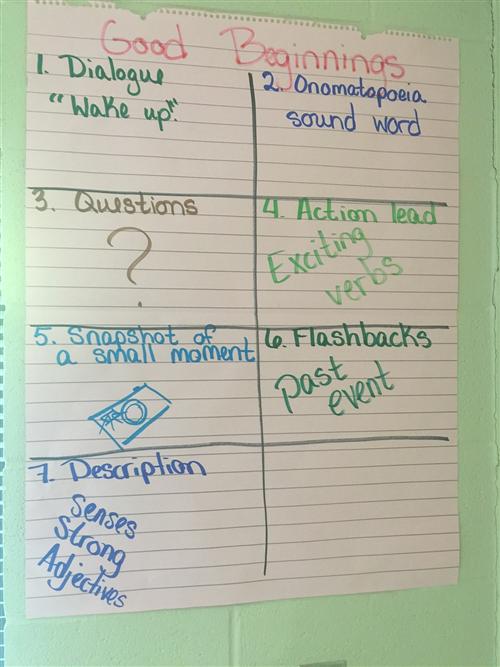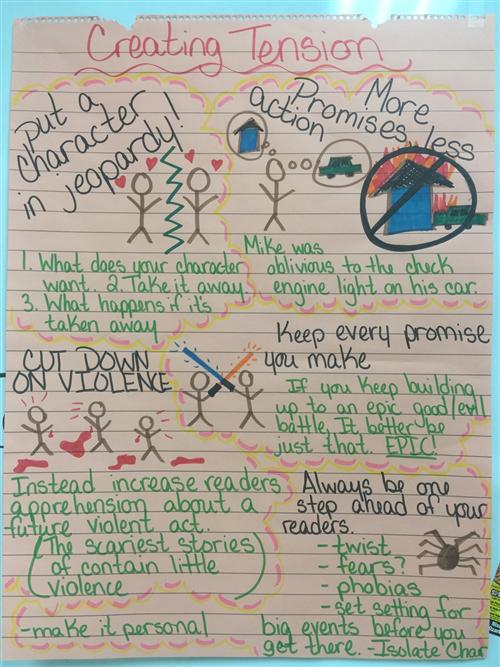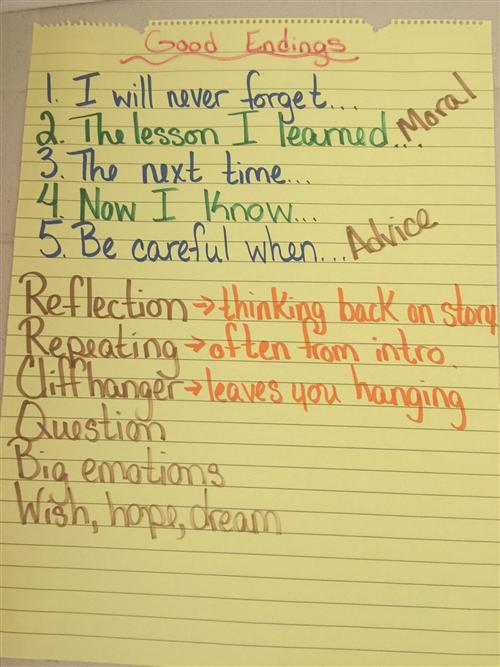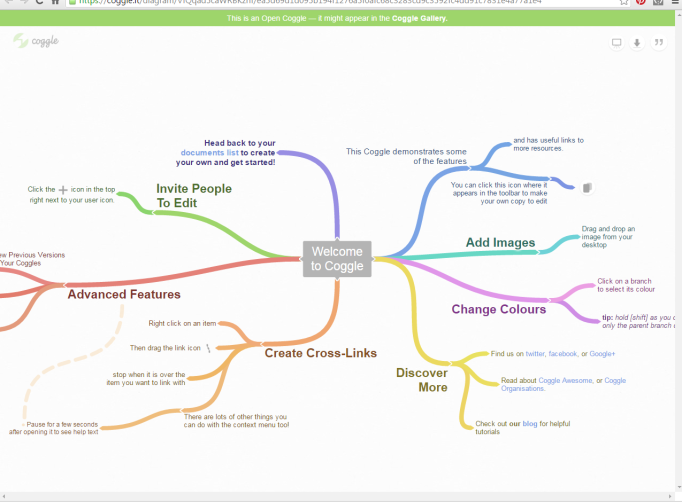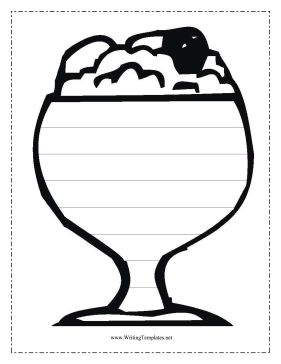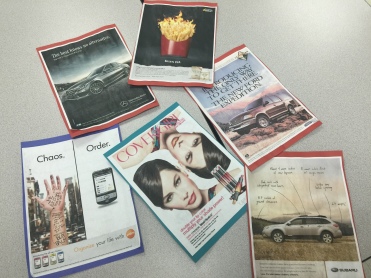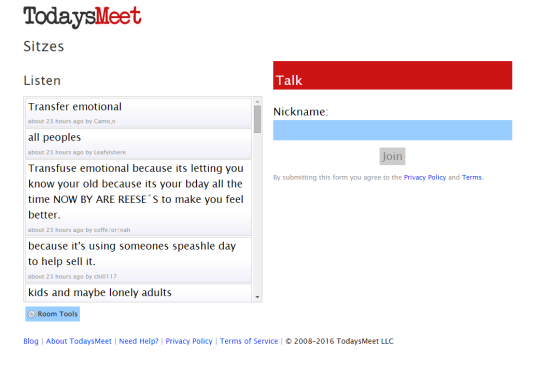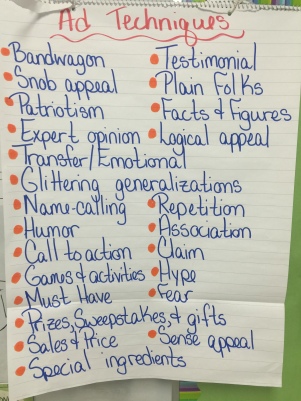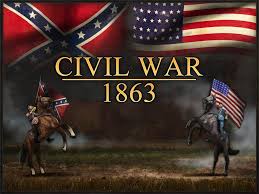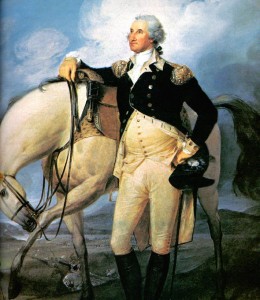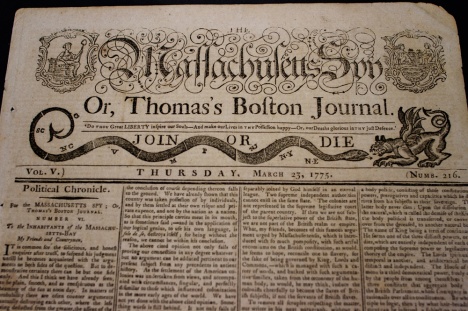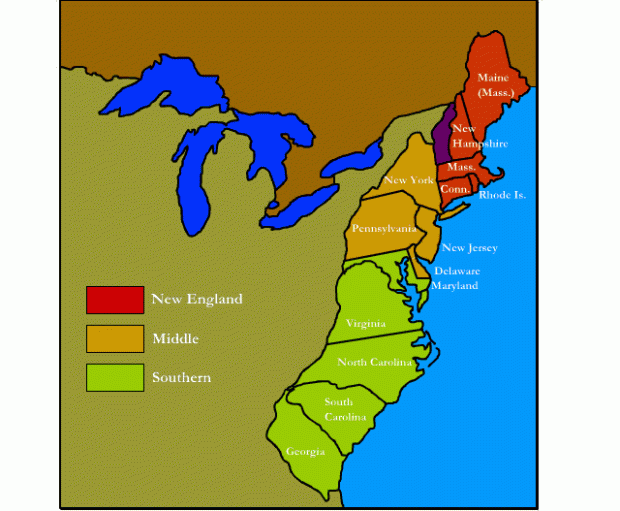Ancient Mesopotamia
Created by: E Ell
Adapted by: Jen Sitzes and Alexis Ennis
Introduction
The first great civilization, located between the Tigris and Euphrates rivers, was developed in 5000 B. C. Archaeologists and historians discovered this “cradle of civilization” buried under sandy mounds of the vast plain which were the remains of Ancient Mesopotamia. Mesopotamia is derived from the Greek words, mesos meaning “middle,” and potamos meaning “river,” which became known as the “land between two rivers.” Mesopotamia no longer exists today. It is now known as all the land in northern Syria, southern Turkey, and most of Iraq. Researchers believe the people of Mesopotamia influenced the development of the human race in many ways.
You are an archaeological historian and are about to embark on a fantastic journey into the past to discover the mysteries of ancient Mesopotamia. Your goal is to achieve an understanding of what life was like, what the culture consisted of, how the government developed, details about the religious beliefs, the development of trade, the development of specialization and social classes, and how the first written language looked.
You will discover that much of what we in the twenty-first century take for granted in our civilization has roots in the Mesopotamia of 5000 years ago. You will be asked to explore a number of websites and find specific information that you will use to perform a number of tasks that you will adapt into a finished project to be turned in. It is possible for this webquest to be accomplished as an individual or with a partner. You will be directed to a variety of web sites and will be asked to complete a variety of tasks. DO NOT GO TO OTHER WEBSITES WITHOUT TEACHER PERMISSION.
Each individual must complete each task and then as a team develop a project that creatively presents their knowledge of the area. Below are your project choices.
Choices for a finished project:
-
Google Slide Presentation
-
Share with your teacher BEFORE YOU START so I can see your progress. I will tell you what slides are required, but if you find interesting information that you would like to add, you can either add it with your required information (if it fits) or add slides at the end for interesting facts.
-
Share with your partner also
-
-
Prezi Presentation
-
prezi.com→”Get Started”–> Free Public account–>Username is firstnamelastname2022 and Password is Tigerslunchpin
-
Again, I will tell you the required slides, if you find additional information, you can add it where you see fit.
-
This can be shared with your partner, but they need an account also
-
-
Investigation Poster
-
Construction Paper
-
I will tell you requirements, you place on the poster as you see fit. If you want to make multiple posters to cover the topics individually you can, or you can make one poster-but it must have all of the requirements.
-
Additional information you find important or interesting can be added where you wish
-
I can print pictures for you, just copy and paste in a google doc or email them to me.
-
Process and Requirements
Task 1 (Slides 1 and 2)
Your first task is to write your monogram in cuneiform. (your initials) If you are working with a partner, this task must be completed individually.
-
Go to the site Write Like A Babylonian http://www.penn.museum/cgi/cuneiform.cgi
-
Type your initials in the appropriate location.
-
Click “inscribe” to see your monogram.
-
Copy the wedge-shaped writing onto a piece of construction paper. Be careful to accurately copy your cuneiform monogram as neatly and clearly as possible. You will design your monogram to fill the page. This will hang on the outside of your locker or outside of Mrs. Ennis’ room.
-
In your presentation (prezi, google slide, or poster) create a title slide with your project name and your group mates English names. On your 2nd slide place each members cuneiform monogram. Make sure your cuneiform monogram is large enough to fill the space provided. Quality, color, creativity, and accuracy are important. Label your monograms with your English initials. (You can copy and paste your monogram from the website)
Timeline of Ancient Mesopotamia:
As you will see from the timeline, power changed hands many times throughout the ancient history of this area. It went from the Sumer to the Akkadians to the Babylonians to the Assyrians back to the Babylonians back to the Assyrians and finally to the Persians.
-
Read the following Timeline and choose 5-10 most important events of Ancient Mesopotamia. Include these in your next slide (if making a poster, place it anywhere that you see it fits)
-
Timeline ranges from 5000BC-333BC, make sure you read all dates first before choosing 5-10 most important.
5000 BC – The Sumer form the first towns and cities. They use irrigation to farm large areas of land.
4000 BC – The Sumer establish powerful city-states building large ziggurats at the center of their cities as temples to their gods.
3300 BC – The Sumerians invent the first writing. They use pictures for words and inscribe them on clay tablets.
3200 BC – The Sumerians begin to use the wheel on vehicles.
3000 BC – The Sumerians start to implement mathematics using a number system
2700 BC – The famous Sumerian King Gilgamesh rules the city-state of Ur.
2400 BC – The Sumerian language is replaced by the Akkadian language as the primary spoken language in Mesopotamia.
2330 BC – Sargon I of the Akkadians conquers most of the Sumerian city states and creates the world’s first empire, the Akkadian Empire.
2250 BC – King Naram-Sin of the Akkadians expands the empire to its largest state. He will rule for 50 years.
2100 BC – After the Akkadian Empire crumbles, the Sumerians once again gain power. The city of Ur is rebuilt.
2000 BC – The Elamites capture Ur.
1900 BC – The Assyrians rise to power in northern Mesopotamia.
1792 BC – Hammurabi becomes king of Babylon. He establishes the Code of Hammurabi and Babylon soon takes over much of Mesopotamia.
1781 BC – King Shamshi-Adad of the Assyrians dies. The First Assyrian Empire is soon taken over by the Babylonians.
1750 BC – Hammurabi dies and the First Babylonian Empire begins to fall apart.
1595 BC – The Kassites take the city of Babylon.
1360 BC – The Assyrians once again rise in power.
1250 BC – The Assyrians begin to use iron weapons and chariots.
1225 BC – The Assyrians capture Babylon.
1115 BC – The Second Assyrian Empire reaches its peak under the rule of King Tiglath-Piliser I.
1077 BC – Tiglath-Piliser dies and the Assyrian Empire becomes weaker for a time.
744 BC – The Assyrian Empire becomes strong once again under the rule of Tiglath-Piliser III.
721 BC – King Sargon II takes control of Assyria. The empire grows stronger.
709 BC – Sargon II takes control of the city of Babylon.
705 BC – Sargon II dies and Sennacherib becomes king. He moves the capital to Nineveh.
668 BC – Ashurbanipal becomes the last great King of Assyria. He establishes a great library in the city of Nineveh.
626 BC – Ashurbanipal dies and Assyria begins to crumble.
616 BC – Nabopolassar takes control of Babylon back from the Assyrians and crowns himself king. The neo-Babylonian empire begins.
604 BC – Nabopolassar dies and Nebuchadnezzar II becomes King of Babylon. He will rule for 43 years and bring the Babylonian Empire to its peak.
550 BC – Cyrus the Great rises to power and the Persian Empire begins.
539 BC – Cyrus the Great takes the city of Babylon and lets the Jewish people return to Israel.
522 BC – Darius I becomes King of Persia. He expands the empire and divides it up into states each ruled by a governor called a satrap.
518 BC – Darius I establishes the capital of the Persian Empire at Persepolis.
490 BC – Darius I attacks the Greeks. He is defeated at the Battle of Marathon.
480 BC – Xerxes I tries to conquer the Greeks with a huge army. He is eventually turned back in defeat.
333 BC – Alexander the Great invades the land and conquers the Persian Empire
Task 3 (Slide 4)
-
Get a copy of a map of Mesopotamia from your teacher. You are going to label a map of Mesopotamia. Each teammate must label their own map.
-
Go to the following websites and follow the directions.http://www.smithlifescience.com/MesopotamiaMap.htm
-
You may use the follow websites to help you complete the map:
-
You may also use the Social Studies textbooks and Nystrom Atlas
-
Once you have labeled and colored your map, snap a picture of the best map of your group using your Chromebook.
-
Insert the picture on the next slide of your Google Slide or prezi.
-
If making a poster, just cut and glue map (unless you would like it smaller, then you can take a picture, resize, and email to me)
-
Watch this video on the imp
-
ortance of writing: https://www.youtube.com/watch?v=vglAeKfm2XA
-
Next go to the website About Cuneiform Writing… http://www.penn.museum/games/cuneiform.shtml
-
The next few slides will answer the following questions. You can decide how to present this information best. You may create and embed a video (see Mrs. Ennis on how to do this), write a newspaper article, list information in a slide etc. It’s completely up to you!
-
Who created the first cuneiform over 5000 years ago?
-
What was cuneiform written on?
-
What were the two characteristics necessary to becoming a successful scribe?
-
Write a paragraph in which you speculate what the importance of written language is to civilization. How did it preserve knowledge, improve communication, and help improve government?
-
Go to It Happened First in Ancient Mesopotamia:http://news.bbc.co.uk/cbbcnews/hi/world/newsid_2955000/2955531.stm
-
In this article are a number of “firsts” that Mesopotamians achieved. Select two of these and design a visual that depicts each of the achievements and how each could have been used. Your visual should have labels, be colorful, and be accurate. Visuals can be hand drawn and then a picture taken with chromebook. Add this page to your slides.
-
Your completed slide should include
-
Title
-
Two visuals that depict each of the achievements
-
How each object could have been used back then and how it is used today
-
Label each visual
-
Each visual should be colorful and accurate
-
Task 6 (Next 3 Slides)
-
Read through this website of information and find where it lists the gods and what their jobs were.
-
Add a slide to your presentation on gods and goddesses and list the following and explain who they are:
-
Anu
-
Enlil
-
Utu
-
Nanna
-
Inanna
-
Ninhursag
-
Enki
-
-
Rewatch this video https://www.youtube.com/watch?v=vglAeKfm2XA
-
Make another slide describe the role the gods played in the citystates
-
Add a slide summarizing the Epic of Gilgamesh
-
To develop your understanding of Mesopotamia you will visit the following website to collect informational facts:http://goo.gl/PNl9CC
When the website is downloaded follow the steps below.
Make a Google Slide for Vocabulary.
-
At the website, Scroll down to STUDENT AREA
-
Click on IMPORTANT VOCABULARY
-
Write the definition of the following vocabulary words in .
-
Tigris and Euphrates
-
Mesopotamia
-
Sumer
-
city-state
-
-
Click the back button.
Make a Slide for Geography
-
At the website, In the STUDENT AREA click on Geography.
-
Read the passage and answer the following questions in your slide.
-
What does “Mesopotamia” mean?
-
Where was Mesopotamia located?
-
What present day country would Mesopotamiabe located in?
-
Click on the back button.
Make a Slide for Sumerian City-State
-
At the website, In the STUDENT AREA click on The Sumerian City-State.
-
Read the passage and answer the following questions in your slide:
-
What people established the first civilization?
-
What was the center of each city-state?
-
Describe the people that lived in the city-state?
-
Click on the back button.
Make a Slide for The Ziggurat
-
At the website, In the STUDENT AREA click on The Ziggurat.
-
Read the passage and answer the following questions in your slide:
-
The _________ was the first major building structure of the Sumerians?
-
Who was housed in the ziggurat?
-
Close webpage when completed.
Task 8 ( Next Slide)
-
Add any other important or interesting information you did not include, but wanted to.
-
Proofread slides
-
Make a conclusion slide stating why you think it is important to study Ancient Mesopotamia.
Task 10
When you have your slides all completed (or poster is complete), make a Kahoot.
If you have not created an account, go to getkahoot.com. Click “Sign up for Free”– you are a student under 16. Complete the rest of the information. Username is firstlastname2022 and password is Tigerslunchpin.
Create a Quiz with at least 5 questions.
Use information you learned from the previous tasks (videos, websites) and that is in your slide presentation.
When you are finished with Project AND Kahoot, set up a time to present your project to the class and play the kahoot.
You will be graded on the total sum of the project including all individual parts. See rubric in your binder.
You’ve learned a lot about ancient Mesopotamia and created a wonderful project. I hope you enjoyed learning about the beginnings of civilization and that you now have a better understanding of how man and why man created the first civilizations.
| Exemplary 4 | Accomplished 3 | Developing 2 | Beginning 1 | Score | |
| Task Completion | All tasks were completed according to the timeline | Most tasks were completed according to the timeline | Some tasks were completed according to the timeline | Few tasks were completed according to the timeline | 1 2 3 4 |
| Time on task | Students used class time extremely effectively | Students used class time effectively | Students did not use class time effectively | Students used class time poorly |
1 2 3
4
|
| Cooperative | Students exhibited outstanding behavior in their dealings with teachers and peers | Students exhibited satisfactory behavior in their dealings with teachers and peers | Students exhibited poor behavior in their dealings with either the teachers or their peers | Students exhibited poor behavior in their dealings with teachers and peers |
1 2 3
4
|
| Contains information that is organized and uses details and examples from the research to clearly answer the questions | Contains information that is organized and clearly answer the questions in some detail. | Contains information that addresses the questions but may not be clearly written or organized | Contains little information that answers the questions |
1 2 3
4
|
|
| Content | |||||
| Mechanics | Little or no grammatical or spelling mistakes; | Few grammatical or spelling mistakes; | Several grammatical or spelling mistakes; | Many grammatical or spelling mistakes; |
1 2 3
4
|
| Written entirely in the authors’ own words. | Written entirely in the authors’ own words. | Written mostly in the authors’ own words. | Copied the words from another author | ||
| Presentation | Presentation was visually effective and held the attention of the audience; | Presentation was complete and conveyed the necessary information; | Presentation was somewhat effective; | Presentation was disorganizes and ineffective |
1 2 3
4
|
| Presenters put the map, chart, and artifacts to good use | Presenters used themap, chart, and artifacts | Presenters did not use either map and/or chart and/or artifacts | |||
| GRADE | |||||
| ____ / 24 = |
